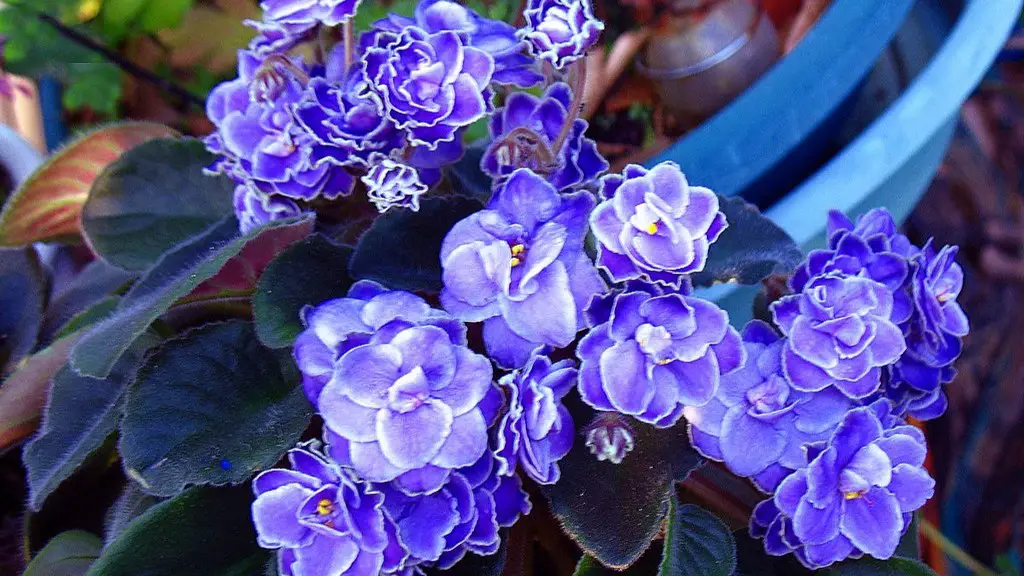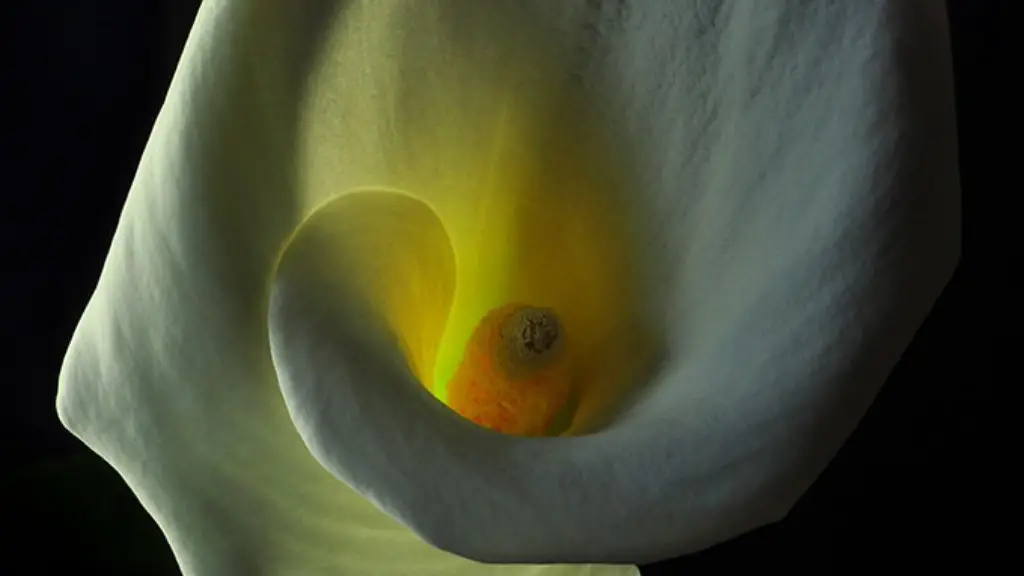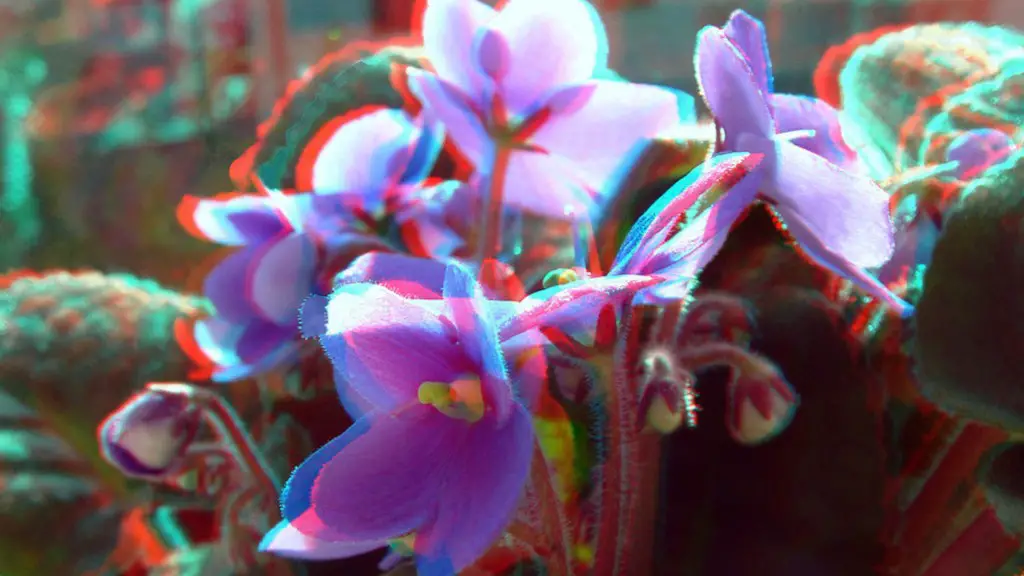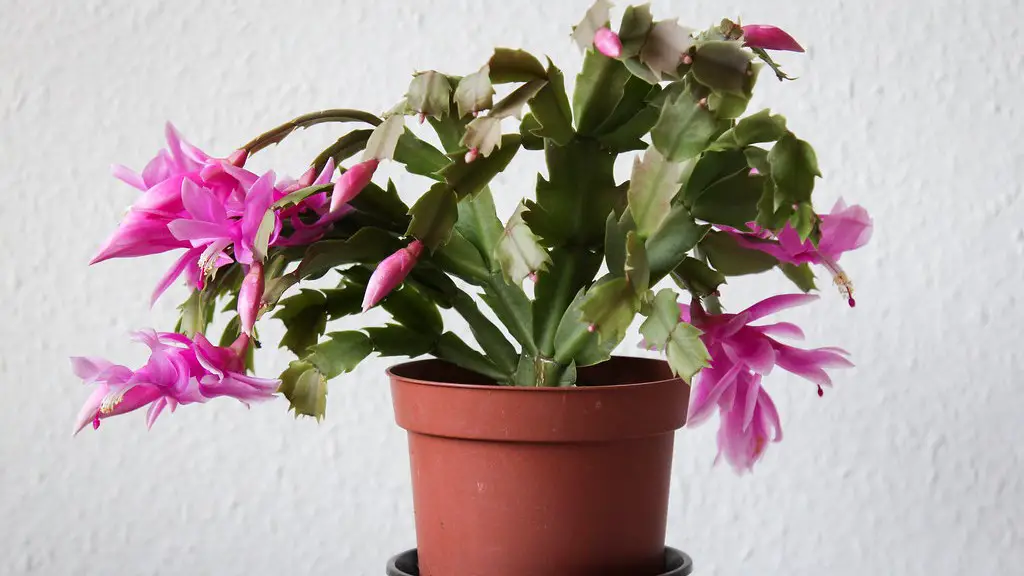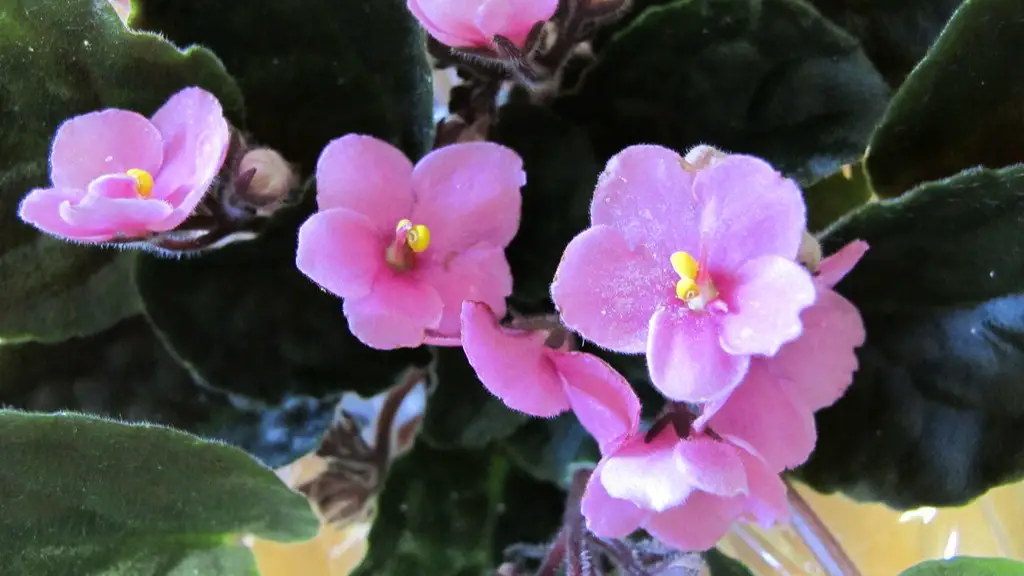African violets are popular houseplants because they are relatively easy to grow indoors. Many people are surprised and disappointed, however, when their African violets fail to bloom. There are a number of reasons why African violets may not bloom, including too much or too little light, not enough water, or poor soil. By understanding the basic needs of African violets, you can troubleshoot the problem and get your plant to bloom.
There are several reasons why your African violets might not be blooming. The most common reason is that the plant is not getting enough light. African violets need 12-14 hours of bright, indirect light every day in order to bloom. If your plant is not getting enough light, it will need to be moved to a brighter spot.
Other reasons for why your African violets might not be blooming include:
-The plant is too wet or too dry
-The temperature is too high or too low
-The plant is not getting enough fertilizer
-There is a pest or disease problem
How can I get my African violet to bloom?
To ensure that your African violets are getting the right amount of sunlight, place them in an east-facing window. African violets need bright, indirect sun in order to produce beautiful flowers. However, too little sunlight can cause the plants to stretch for the light, and too much sun can burn the leaves. A sheer curtain will help to block the sun’s harshest rays and protect your plants. African violets also need eight hours of darkness every night in order to thrive.
African violets are very forgiving plants, and will bloom often if given the right conditions. They prefer bright, indirect light and moderate humidity. If you disbud your old flowers, new ones should bloom within 6 to 8 weeks.
What time of year do African violets bloom
African violets are beautiful flowers that can bloom nearly year-round. If you are able to provide the correct conditions, expect your African violets to bloom 10-12 months each year. Each bloom lasts for about 2-3 weeks.
Epsom salts are a great way to provide your plants with essential magnesium and sulfur. These two minerals are needed to produce beautiful blooms and healthy foliage. To use, mix one and a half teaspoons of Epsom salts in a quart of tepid water and swirl to dissolve. Water your African violets (below the leaves) with this solution once a month.
Can you use Miracle Grow on African violets?
If you’re growing African violets indoors, Miracle-Gro® Indoor Potting Mix is a great choice for their potting mix. It’s formulated to provide the perfect growing environment for indoor plants, with just the right amount of drainage and acidity.
African violets need bright, indirect light in order to thrive. A spot near an east- or north-facing window is often a good option. Avoid placing African violets in direct sun, as this can damage the leaves. If a suitable window isn’t available, African violets can be placed under a fluorescent light fixture containing two 40-watt fluorescent tubes.
How often should African violets be watered?
To set up a wicking system, you’ll need a container with a hole in the bottom, a plate, pebbles, and a piece of yarn or string. Line the bottom of the container with pebbles, and set the African violet on top. Tie the yarn around the African violet’s neck, and make sure the other end is dangling in the water on the plate. The African violet will wick up water as needed, and you’ll only need to refill the plate once a week.
It is so important to repot African violets every few years to keep them healthy and thriving. These beautiful blooms can last up to 50 years with proper care, so it’s definitely worth the effort to give them the best chance to survive and thrive for many years to come.
Should I Bottom water my African violet
Watering your plant is important to keeping it healthy and encourage blooming. The best way to water your plant is to water from the bottom with room temperature water. To do this, place the plastic grower’s pot in water and allow the plant to absorb the water for no more than 30 minutes.
Ideally, African violets should be slightly pot-bound in order to thrive. This means that you should choose a pot that is on the smaller side. If you have a standard African violet plant, your starter pot should be about 3-4 inches in diameter.
What pots are best for African violets?
If you’re looking for the best pots for African violets, you can’t go wrong with any of the options on this list. Mkono 3 Pack Self Watering Plastic Planter, Ceramic Pot with Saucer, Blue Self Watering Ceramic Planter, Aquaphoric Self Watering Planter, and Self Aerating Self Watering Pot are all great choices. Terracotta Pot is also a good option, but it’s not as self-watering as the other choices.
African violets are drought tolerant and only need water when the soil is almost dry. Depending on the temperature, season, and size of the African violet’s container, you may only need to water it once a week. The best way to water African violets is by bottom watering.
Is coffee grounds good for African violets
Coffee grounds are slightly acidic and contain nitrogen, which helps plants grow healthy foliage. Occasionally sprinkling used coffee grounds on top of your African violet potting soil can be good for the plant.
Powdery mildew is a type of fungus that can affect African violets. If your plants have powdery mildew, you may notice that the leaves look covered in a powdery white substance. Powdery mildew can make the leaves of your African violets yellow or brown and may eventually cause the leaves to drop off. If you have powdery mildew on your African violets, you can try spraying the plants with a mixture of baking soda and water. You can also spray the air around the plant with Lysol or another household disinfectant.
What do Overwatered African violets look like?
If your African Violet plant has been over-watered, the soil will retain too much water. This retention of water will cause the leaves and /or leaf stems to turn soft, limp or mushy.
African violets are best kept in an area with 10 or more hours of bright, filtered light. They should never be given direct sun, as it will scorch them. The soil should be kept moist, but well drained. You want moist, not soggy.
Warp Up
There could be a number of reasons why your African violets aren’t blooming. It could be that they’re not getting enough light, or that the temperature in the room is too low. African violets also need to be fertilized regularly in order to bloom. If you’re not sure what the problem is, it’s best to consult with a local nursery or gardening center.
There are several reasons why African violets might not bloom. The plant may not be getting enough light, or it may be getting too much light. African violets also need a certain amount of humidity, and they must be fertilized regularly. If the plant is not getting the proper care, it will not bloom.

